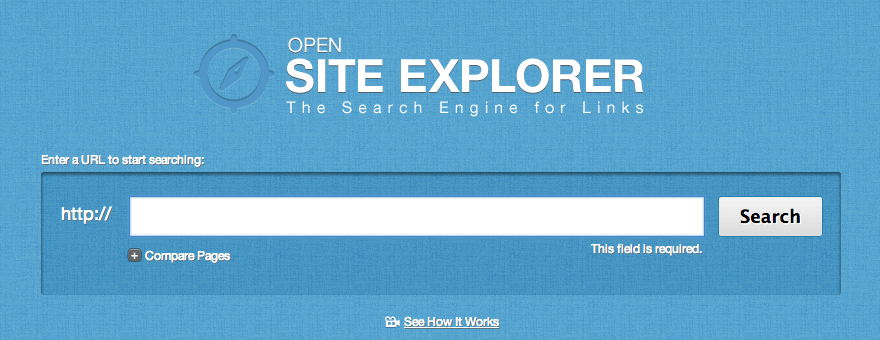
Make no mistake about it: SEO is getting tougher. A lot tougher
With Google becoming increasingly sophisticated at identifying and penalizing unnatural link profiles, it’s the companies that are able to evolve their SEO strategies that soar past their competitors in the search results. Not too long ago sites could rank well from only building links to pages that make money. This strategy is rarely effective today.
In the most competitive markets top sites have increasingly diverse link profiles. Increasingly, quality content is the ultimate way to earn natural links and increase trust from the search engines.
Despite this new landscape, many SEOs are continuing to use outdated strategies. They will first identify the keywords they wish to target, create pages around these keywords with little value to the user and then focus obsessively on building links to these pages, thus creating a very unnatural link profile.
As I outline in a new report, “Successful Link Building in the Content Marketing Era,” SEOs can implement a five-step plan to diversify their link profile through the judicial and strategic use of content marketing.
Here’s a look at some key points to keep in mind in order to have success with link building in the content marketing era:
How to Build a Natural Link Profile
Step 1: Assess Your Link Profile
Use a tool like Open Site Explorer to analyze your link profile against your top-performing competitors. Typically, when looking at the sites ranking highest for competitive terms, you will see a broad mix of anchor text and a relative even distribution of inbound links to internal pages as opposed of high percentages of links pointing to money pages.

Step 2: Identify Your Audience
To generate natural links, you first need to decide who you want to target. You need to think not just about the types of people who should read your content, but also about the types of websites that might link to you. If the content should speak directly to their needs, wants, and/or values, the audience will be much more likely to provide links.
Step 3: Create High-Quality, Engaging Content
Write content that is useful to your target audience and from a reliable source. If you can’t do this in-house, find a company that can. While you should still build links to the content manually, it should be good enough to attract links on its own.
Instead of worrying about sheer quantity, scale back your ambitions but make each piece of content truly worthwhile. Have the content custom designed, commission illustrations or develop impressive graphs and charts. The more work you do, the more links you’re likely to get.
When you are coming up with content ideas, it’s worth thinking about the terms that the content could rank for. Write a post on a popular topic, and it’s more likely to get search traffic. It’s also more likely to be discovered by bloggers and journalists and acquire links on its own.
Step 4: Make Your Content Work for You
Over time, good content will earn links, as bloggers, journalists and others discover the content and share it. As the link volume increases, this process will continue to accelerate on its own. Keep in mind, everyone who comes looking for your content is a readymade target for further content, so try to capture email addresses, RSS subscribers and encourage social engagement.
When you build links to your content, don’t worry about how people link to you. Some might use the URL as the anchor text, and others might even misspell your company name. These are all traits found in natural link profiles, and are more likely to benefit than hurt you. Regardless of anchor text or the target page, quality links will improve the trustworthiness of your domain and improve your stature in the engines.
Step 5: Prepare to Scale
Begin to scale your content development efforts by creating an editorial calendar. You can start with this helpful editorial calendar. The format of the calendar is unimportant. What matters is that you set out a firm publishing schedule and stick to it. Try to space out your big, important pieces. This gives you plenty of time to spend on marketing and link building, and it ensures your audience doesn’t become too overwhelmed with content.
As your content efforts expand, you should start to build a solid picture of the methods and strategies that work best. Perhaps you will find it easier to gain traction with one subset of your audience, or you will see incredible search traffic from pieces about a specific topic.
When you come across a successful strategy, give it increased prominence in your editorial calendar. At the same time, don’t give up on methods that have yet to work effectively. Instead, constantly iterate until you find something that works. Over time, you must continue to acquire new links from new sites, and this is only possible through expanding beyond your most comfortable niches.
Companies must move away from promoting conversion pages via manual link building and instead use their resources create quality content. Then focus link-building efforts around the content they create. Over time, the content will begin to garner links as bloggers and journalists come across it. For every piece of content you invest in, you create an opportunity to build natural, organic links in the long term. You will also gain links from credible, authoritative sites that would never link to one of your commercial pages.



